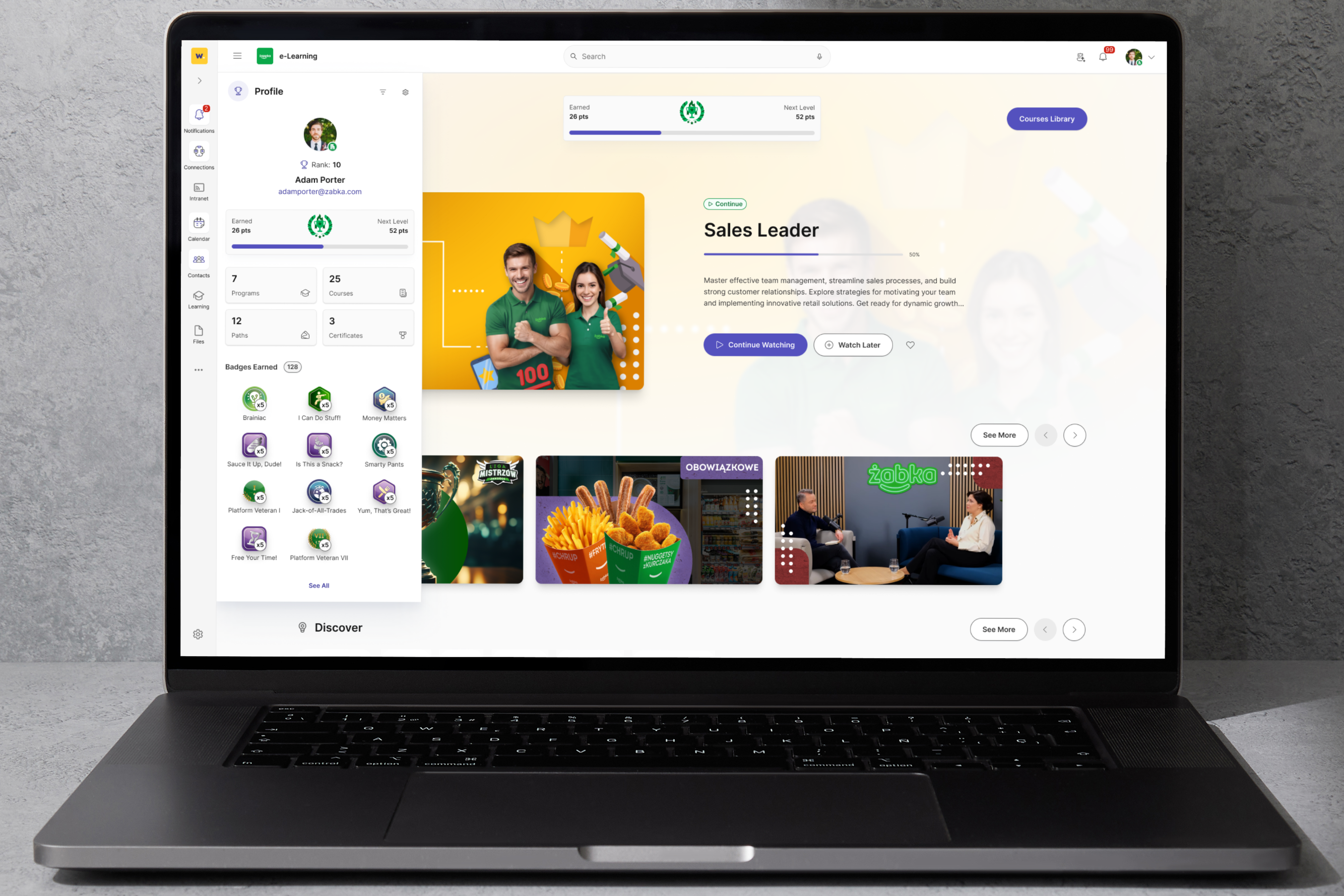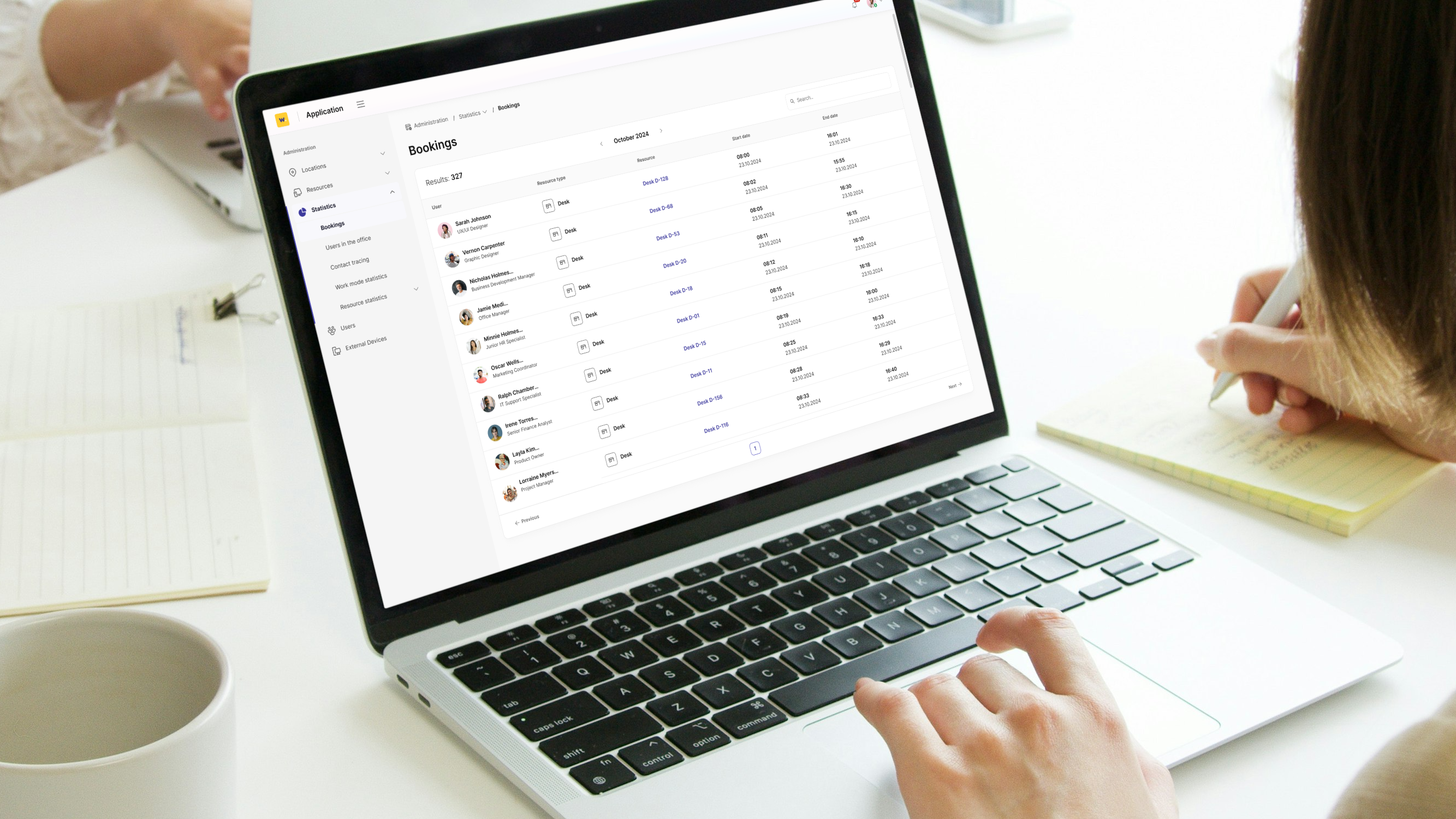
The Digital Workplace of 2030: 7 things you should start implementing today
A decade ago, a digital workplace meant being able to check your email outside the office. Today, it’s a complex ecosystem of tools, processes, and relationships that—if well-designed—can become a key driver of competitive advantage. As we look ahead to 2030, we envision a work environment that’s more distributed, flexible, data-driven, and at the same time more human-centered than ever before.
But you don’t need to wait until 2030 to start preparing. Here are seven areas you can begin working on right now:
1. Designing the digital workplace around experience, not location
This mindset shift changes how we perceive the workplace—from a physical space to an experience that supports different work styles, team needs, and personal rhythms. In an era of hybrid work and global teams, it’s not about where we work anymore, but how. By 2030, seamless access, consistency, and fluid digital experiences across devices, time zones, and places will matter more than office desks. That’s why now is the time to implement EXPs that centralize knowledge, connect tools, and help employees feel part of a team—no matter where they are. It’s also worth rethinking the office itself: from a default workspace to a hub for collaboration and creativity.
2. Shifting from a culture of control to a culture of trust
Control was a response to uncertainty. Trust is what allows us to thrive in complexity. Organizations that still measure productivity by log-ins or meeting attendance are already falling behind. The future of work calls for autonomy and accountability—because that’s where adaptability and creativity thrive. Studies show that trust in leaders and organizations is one of the strongest predictors of retention and satisfaction. Start today with transparency: clear availability rules, inclusive decision-making, and regular feedback. Tools that analyze team sentiment and encourage micro-feedback can help, as can leadership training focused on empathy rather than micromanagement.
3. Tackling digital fatigue as part of your EX strategy
Digital overload is no longer the exception—it’s the new normal. Employees are increasingly dealing with technostress, which impacts wellbeing, creativity, and decision-making. By 2030, the number of tools, alerts, and expectations will only grow. That’s why it’s crucial to start building digital environments that prioritize focus and cognitive clarity. Consider introducing digital hygiene policies like “no meeting days,” after-hours notification silencing, micro-break recommendations, and deep work modes. An EXP can support this by tracking workload and suggesting regenerative actions. Investing in digital wellbeing is investing in long-term performance and talent retention.
4. Creating an agile digital learning and development environment
In a world of rapid technological change, skills become outdated faster than ever. By 2030, professional development will happen in shorter cycles—with no room for traditional, linear career paths. That means organizations need to provide knowledge through microlearning, embedded in daily work, and tailored to context. Employees don’t want to “attend training”—they want to learn when it matters. Now is the time to implement EXPs that adapt to the user’s level, role, and needs, recommending content, courses, and tasks that drive real growth. This flexible approach boosts engagement, speeds up skill acquisition, and empowers internal career mobility.

5. Human-centered leadership supported by technology
Future leaders must operate in two worlds: one driven by data, the other rooted in empathy. As teams become more distributed and dynamic, digital empathy—the ability to understand people’s needs and emotions through a screen—becomes essential. AI can help, providing signals of burnout, suggesting supportive actions, or summarizing team sentiment. But leadership goes beyond data. It’s about active listening, one-on-one conversations, and creating space for voices to be heard. The leader of the future doesn’t manage from a calendar—they build environments that foster growth and autonomy, often with help from EXP tools.
6. Personalizing experiences through data
By 2030, no single digital workplace experience will fit everyone. Different teams, roles, and work styles require different tools, content, and communication methods. That’s where data-driven personalization becomes key—from customized interfaces and content suggestions to how updates are delivered. Why is this important? Because it improves relevance, reduces search time, and strengthens engagement. Today’s EXPs should be able to analyze user behavior and adapt accordingly—offering tailored articles, training, or notifications. Personalization isn’t just a convenience—it’s a necessity in a world overwhelmed by information.

7. Transparency and ethics in AI and data use
As AI becomes more embedded in the digital workplace, so do expectations for transparency—what’s being analyzed, by whom, and for what purpose. By 2030, trust will be one of the most valuable assets a company can have. Employees will expect not just smart tools, but ethical data practices. That’s why now is the time to implement transparency policies, adopt explainable AI, and give users meaningful control over privacy settings in EXPs. Ethical data use doesn’t limit innovation—it builds long-term relationships based on trust and shared values.
The future of work starts now
The digital workplace of 2030 won’t appear overnight. But every step you take today—toward better information flow, stronger trust, smarter AI use, and real care for your people—brings you closer to a more agile, human, and future-ready organization. Technology is just the tool. It’s how you use it that will define the quality of work and connection in the years to come. Organizations that actively shape their digital workplace today are the ones that will thrive tomorrow.
